When Beauty Meets Brains Good Glamm Group's content-to-commerce journey began with the acquisition of POPxo
By S Shanthi
Opinions expressed by Entrepreneur contributors are their own.
You're reading Entrepreneur India, an international franchise of Entrepreneur Media.

Prior to the formation of Good Glamm Group, beauty brand MyGlamm (under the umbrella of Good Glamm Group) acquired women's digital media platform, POPxo. A shared vision of the power of content-to-commerce brought the startups together to make that vision a reality. Good Glamm Group's content-to-commerce journey began with the acquisition of POPxo.
The biggest cost for any company is the cost of customer acquisition. In the beauty category, MyGlamm clearly saw that consumers were discovering trends, products and brands on their social media feed and the largest content consumption on social media was "beauty'. "That's when we felt that content-to-commerce could be an extremely effective way to educate consumers about our products and get them to discover our brands. The acquisition of POPxo proved our hypothesis right and we saw a massive increase in new customer acquisition while we saw a huge drop in the cost of user acquisition (CAC) through the content-to-commerce approach we pioneered," says Darpan Sanghvi, group founder and CEO, the Good Glamm Group.
In August 2020, POPxo had 60 million users across platforms. This became the top of the funnel as the company converted content users to buyers, thereby dramatically reducing the dependence on marketing dollars for MyGlamm. This resulted in them expanding into the mom-baby segment and then acquiring BabyChakra, a parenting platform. Shortly after this, Sanghvi and his co-founders Priyanka Gill and Naiyya Saggi shared a vision of creating a digital-first house of brands powered by our content-to-commerce moat. With the formation of the Good Glamm Group in September 2021, more beauty and personal care brands and digital media platforms became part of the group and its top of the funnel increased to 200 million monthly active users (MAUs) and the group continued to deploy the content-to-commerce flywheel for all the new brands it acquired, thus keeping its overall CAC very low.
Pandemic had a huge role to play in the formation of the group. In March 2020, MyGlamm was supposed to close its Series C fundraise. Three days before the closing, India went into a lockdown and the VC fund leading the fundraising pulled out. The brand was stuck with no money and had $20mil of unsold inventory, additional payables of $5mil and pending orders of another $20mil of inventory. With 1000 employees with nothing to do, revenue down to zero due to the lockdown, large liabilities to take care of, and no money in the bank, the brand did not know if it would survive the pandemic. The brand reached out to its existing investors, L'Occitane and Bessemer Venture Partners, who stepped in and provided emergency funds.
With those funds, MyGlamm made some bold moves and went on to acquire POPxo, which exponentially increased the brand's digital reach. Simultaneously MyGlamm doubled down on its offline strategy and grew offline point of sales from 500 to 10,000 during Covid, and further went on to open the largest beauty store in India. These strategic moves resulted in the brand achieving 200 per cent of the pre-COVID levels along with hitting EBITDA breakeven.
Within only three months of the inception of the group, it acquired brands worth $270million with this $100mil cash, by using stock and earnouts efficiently. In November 2021, Good Glamm Group became the first D2C beauty company to enter the Unicorn club with a valuation of $1.2 billion by raising $150 million in a Series D round co-led by Warburg Pincus LLC and Prosus Ventures.
Talking about plans for the near future, Sanghvi says, "We want to continue investing in product development, supporting data science and technology research, increasing offline expansion, funding working capital requirements while expanding content creation capabilities in Good Creator Co. and increasing the digital reach of POPxo, Plixxo, BabyChakra and ScoopWhoop."
The group will also continue to invest in other beauty and personal care brands, digital media companies and content creators where it sees a gap that needs to be filled. And in the second half of 2022, it wants to make its international push. It also aims to reach a revenue rate of $600 million by the end of 2022.










